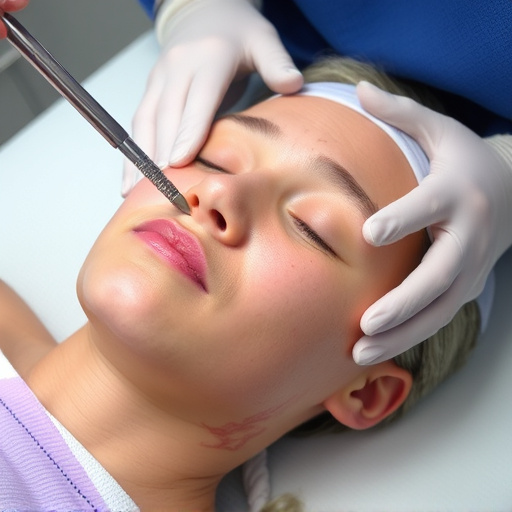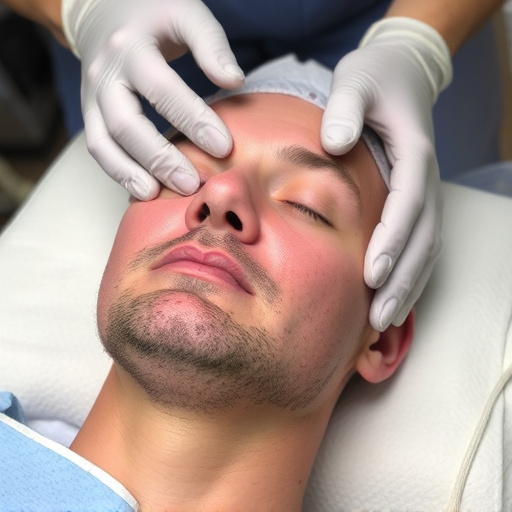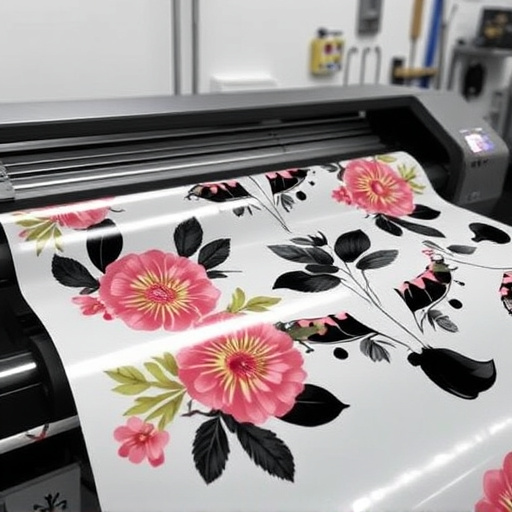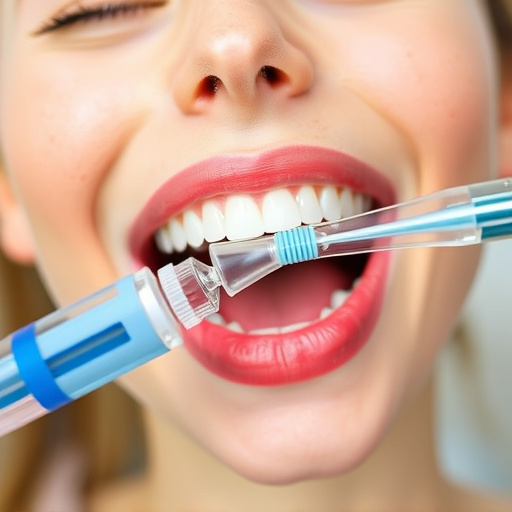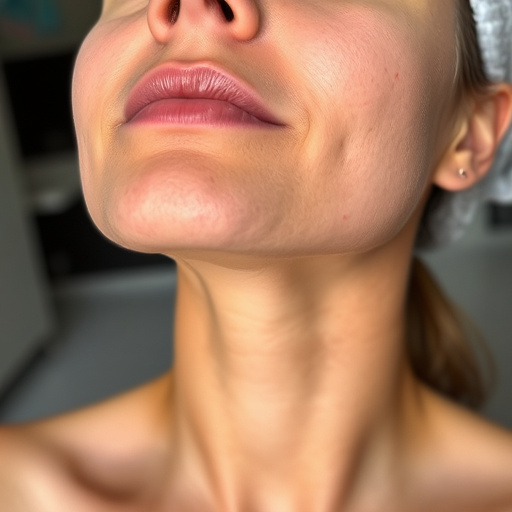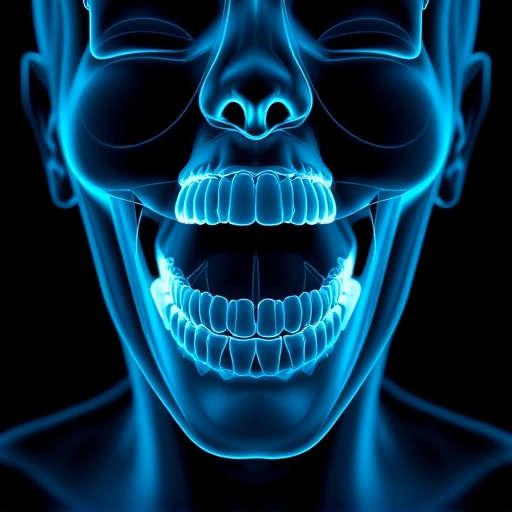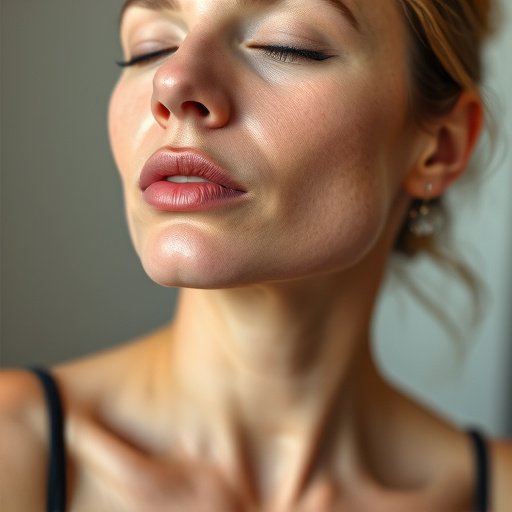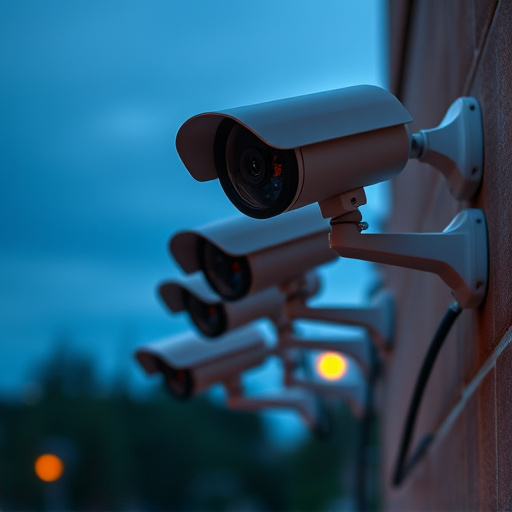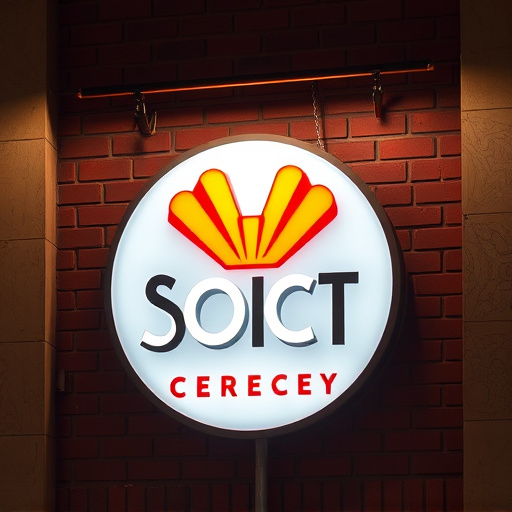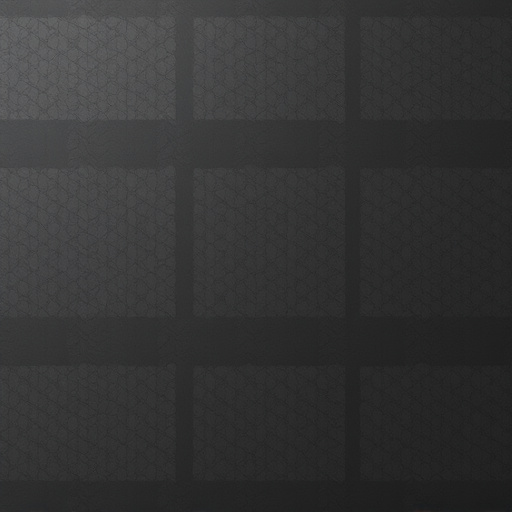Commercial window tinting films last 5-10 years, offering privacy, heat reduction, and UV protection. Their durability depends on installation quality, environmental conditions (sunlight, temperature), protective coatings against fading/peeling, and regular maintenance. Lifespan is affected by UV exposure, weather, pollution, and usage frequency; signs for replacement include discolouration, tears, or cracks. Custom solutions from professional markets meet specific commercial tinting needs.
Commercial window tinting offers numerous benefits, but understanding the ideal replacement schedule is essential for maintaining energy efficiency and curb appeal. This article delves into the factors influencing the lifespan of commercial window tinting films, guiding you through signs indicating a need for replacement. From identifying damage to performance considerations and code compliance, we provide insights on optimizing replacement timing, ensuring your space remains protected while balancing cost-effectiveness.
- Understanding Commercial Window Tinting Film Lifespan
- – Factors influencing film degradation
- – How to identify when replacement is needed
Understanding Commercial Window Tinting Film Lifespan
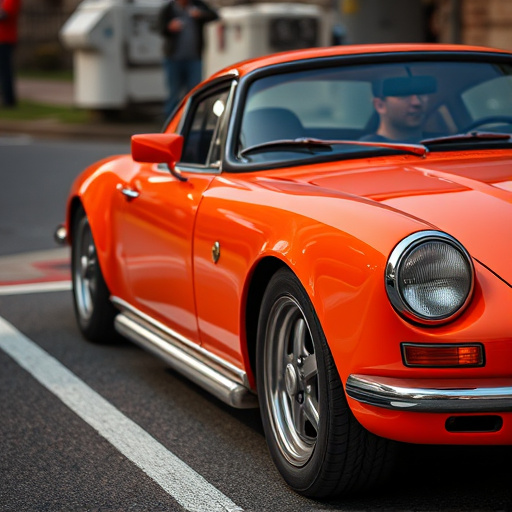
Commercial window tinting films are designed to last for several years, but their lifespan can vary based on several factors. Understanding the typical duration of a commercial window tinting film’s protection is essential for business owners and facility managers. On average, most commercial-grade window tinting products can endure between 5 to 10 years before needing replacement. This longevity is a significant advantage, offering sustained privacy, heat reduction, and UV protection for your space.
The durability of these films depends on their quality, installation method, and environmental conditions. Factors such as frequent exposure to harsh weather, direct sunlight, or excessive temperature fluctuations can accelerate the aging process. Additionally, protective coatings, which are an integral part of many window tinting films, play a crucial role in maintaining their effectiveness. These coatings protect against fading, peeling, and loss of adhesion over time, ensuring that your investment in commercial window tinting remains functional and provides the intended benefits for years to come.
– Factors influencing film degradation

The longevity of commercial window tinting films depends on several factors that contribute to their degradation over time. Sunlight exposure is a primary culprit, as UV rays can break down the chemical composition of the film, leading to fading and loss of effectiveness. Extreme temperature changes, both hot and cold, can also accelerate this process, causing the film to become brittle or lose its adherence to the window surface.
Additionally, vehicle wraps and car customization enthusiasts should consider that frequent washing can strip away the protective layer of paint protection film, which is often used in conjunction with commercial window tinting. Pollution and dirt accumulation can likewise impair the film’s performance by obscuring the view and reducing its ability to regulate interior temperatures. Regular inspections and proper maintenance, such as gentle cleaning techniques, are essential to prolonging the life of these films and ensuring they continue to serve their intended purposes effectively.
– How to identify when replacement is needed
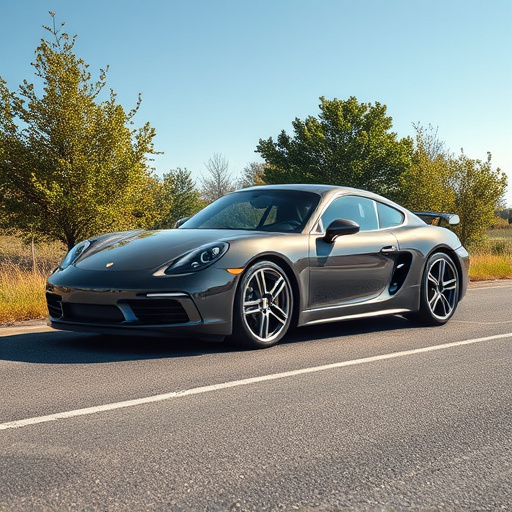
The lifespan of commercial window tinting films can vary greatly depending on several factors, including exposure to UV rays, weather conditions, and frequent use. To determine when a replacement is necessary, it’s essential to look out for specific signs. One clear indicator is discolouration or fading of the film; over time, the tint may lose its uniform appearance, developing patches that are lighter or darker than the rest. This discolouration weakens the protective layer, reducing its ability to block harmful UV rays and heat.
Another way to identify if a replacement is due is by examining the integrity of the film. Commercial window tinting films should remain smooth and intact without any visible tears, cracks, or bubbles. If you notice any of these defects, especially in high-traffic areas or near frequent opening/closing mechanisms, it’s a sign that the film may not be providing optimal protection anymore and should be replaced for both aesthetic and functional reasons, considering also the professional ppf installation and vehicle wraps market offers custom solutions to meet specific needs.
Commercial window tinting films can last anywhere from 5 to 10 years, depending on factors like exposure to UV light, temperature fluctuations, and regular cleaning. To maximize their lifespan, regular inspection is key. Signs of replacement include faded colors, bubbles or cracks in the film, and reduced heat reduction capabilities. By staying attuned to these cues, you can ensure your commercial space benefits from optimal energy efficiency and aesthetic appeal for years to come.
